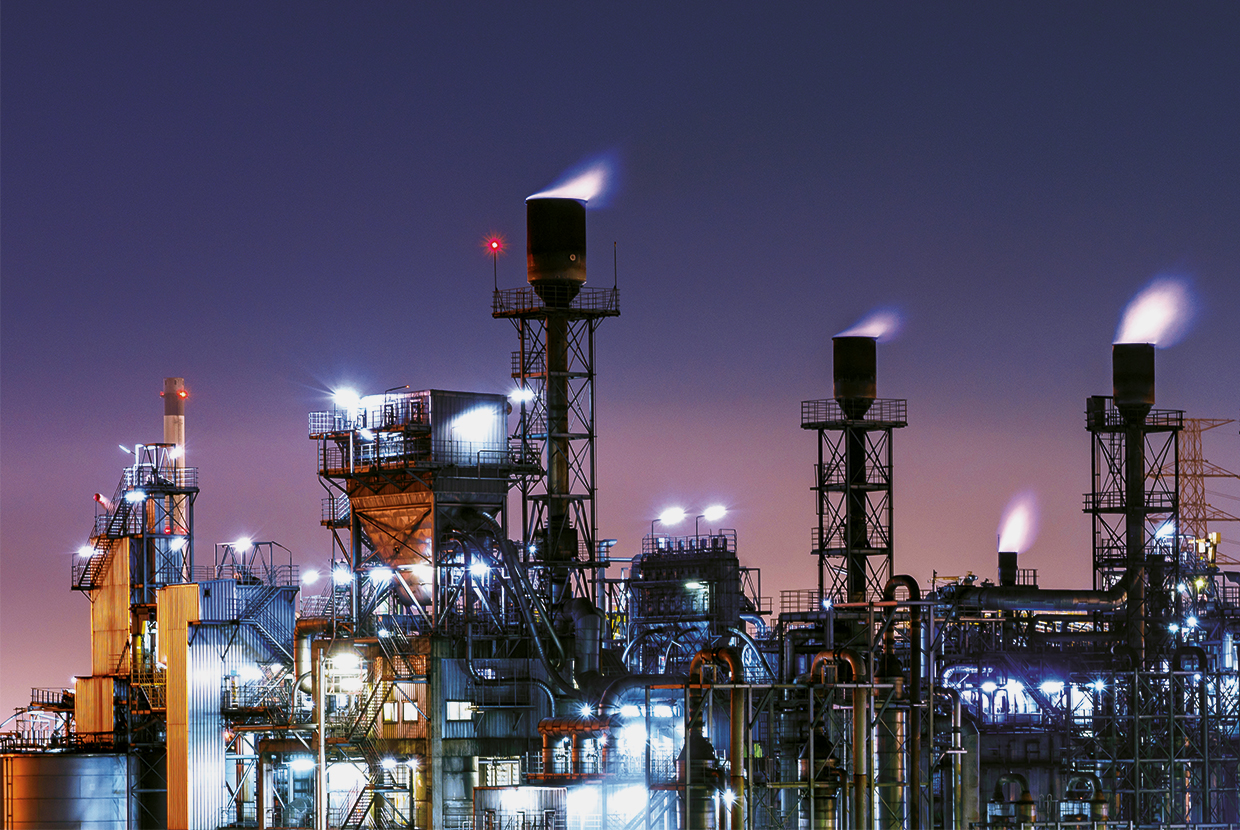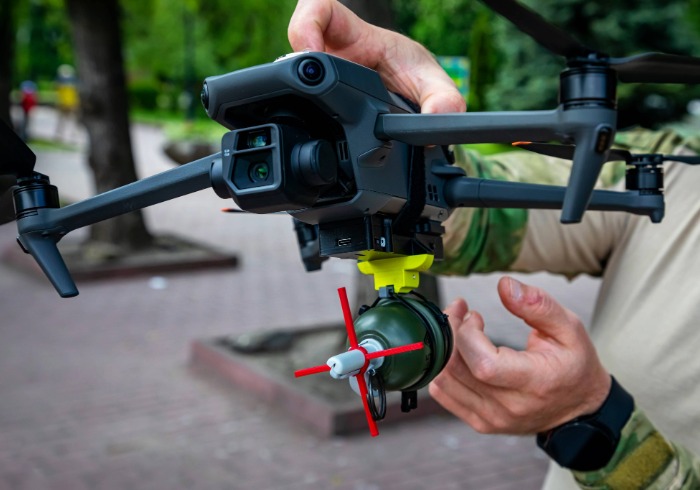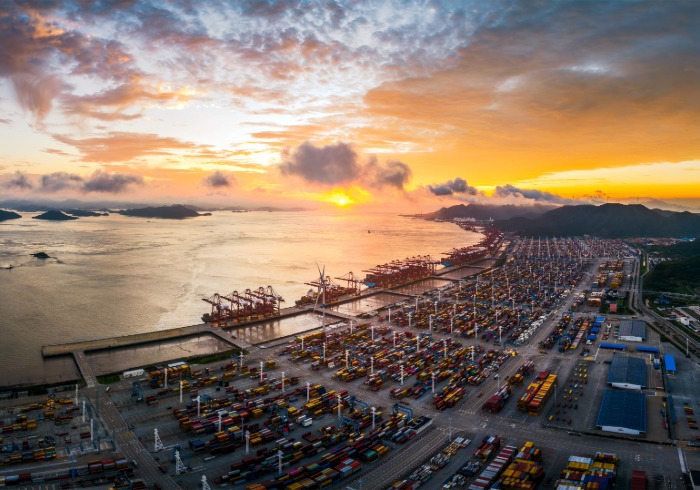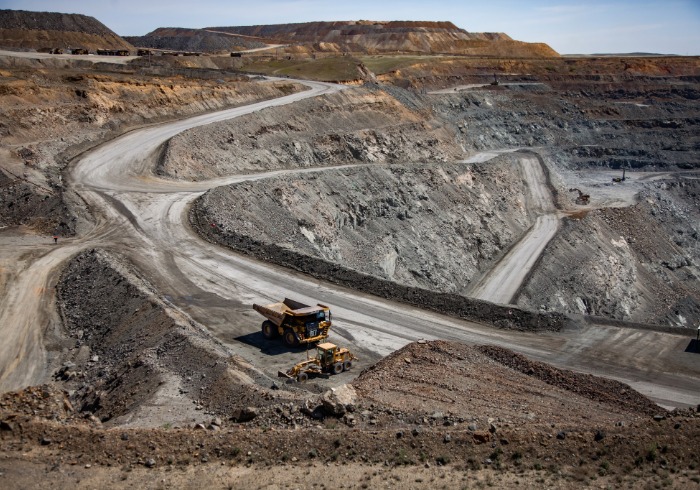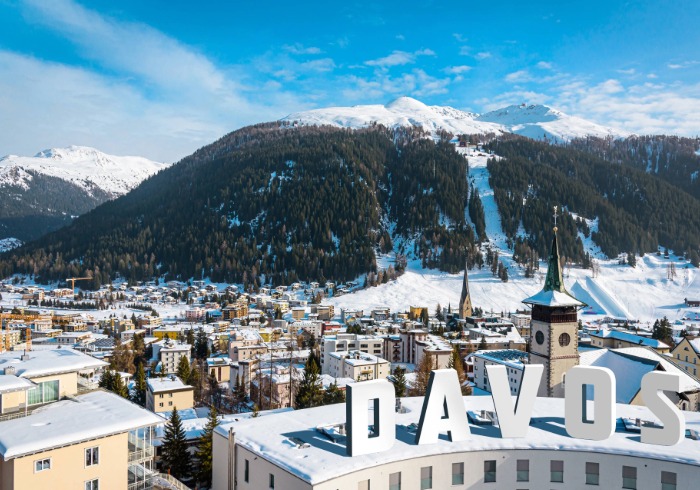From a tussle over critical mineral supply chains between the East and West, to tensions in Europe because of crippling gas shortages that are threatening a chilly winter on the continent, political risks are dragging on sectors and businesses, finds Maddy White.
The risk of non-payment by companies across numerous sectors globally largely decreased in Q3 2021 compared with the previous quarter, according to a market update by German trade credit insurer Euler Hermes. However, many areas still show signs of high stress and an “unfavourable or fairly bad outlook” across the world as they attempt to shake off the turmoil brought about by Covid-19.
Economies are rebounding and beginning to chart a course beyond the pandemic, but political risks are threatening to throw exporters off track. A shortage of microchips for car makers, alleged forced labour in manufacturing and soaring prescription drug prices are all emerging as points of contention in the geopolitical landscape.
Domestic policy, such as the expected tapering of fiscal support that was deployed at the height of the pandemic, will also impact businesses’ ability to survive. Reducing support too early could be “one of the biggest potential global risks in the current situation”, Maxime Lemerle, head of sector and insolvency research at Euler Hermes, tells GTR.
We examine six sectors as they navigate rapidly changing policies and rising geopolitical tensions.
Automotive
Automotive companies have been plagued this year by a shortage of microchips as demand for new vehicles bounced back. Production in factories around the world has stalled as car makers, including Toyota and Volkswagen, have not been able to obtain the critical components for their just-in-time supply chains.
“We still have all those supply chain bottlenecks and shortages in the sector, meaning there is an unprecedent mismatch between supply and demand, which is creating some unexpected turbulence,” says Lemerle.
He adds that rising tensions between China and the US over Taiwan could further hit chip supplies in the West.
Taiwan has an outsized role in the manufacture of semiconductors, with one company, Taiwan Semiconductor Manufacturing Co, controlling more than half the global market.
Any escalation of the ongoing dispute between the US and China could spill into trade – as has been the case before, with both powers turning to tariffs and punitive measures over other issues.
“If you think about a one or two-month blockade by China… I’m not saying that we expect that, but this is a type of risk we need to keep in mind to be ready to act just in case,” says Lemerle.
Another sticking point for the industry is electrification, as countries put greater focus on climate change. Demand is increasing for the materials needed to make electric car batteries: lithium, cobalt and nickel. Such materials have become another area of tension between the West and China, the latter with a strong grip on the market.
Agri-food
While overall agri-food is showing “resilience” to the impact of the pandemic, the sector has been dealt blows in the shape of policy restrictions, inflation and protectionism, states French trade credit insurer Coface in its Q3 update.
It scored all regions’ agribusiness sectors with a “medium” risk status, excluding the Middle East and Turkey, where the sector is classed as “high” risk. A drought across Iraq is set to slash crop yields for the 2021/22 season, while food price inflation in Turkey for September soared nearly 30% on the year before, according to forecaster Trading Economics. World food prices rose that month to a 10-year peak, the Food and Agriculture Organization reported.
Elsewhere, Argentina imposed a ban on the export of beef earlier this year in an effort to contain domestic meat prices.
In general, global meat production has faced disruption as some processors temporarily shut down plants after employees contracted Covid-19. China banned imports of meat from plants in Brazil last year after some of their employees caught the virus. Harvests in Europe and North America have also been impacted by a lack of foreign workers because of border closures.
Environmental factors and disease are major risks for agri-food. African swine fever “which continues to plague Asia and Europe, is affecting the global pork market” and locust invasions in Africa remain a threat to farmers, says Coface.
Energy
Demand for energy plummeted when the pandemic took hold in March 2020. Oil producers were faced with a global glut of crude that left them scrambling to find space to store the oversupply. Friction between oil-producing nations only added to the disorder.
While the price of crude has since rebounded, although still volatile, one of the biggest risks the industry must tackle is decarbonisation and associated policy changes. “In line with the will of public opinion in a majority of countries, particularly in advanced economies, the transition to a low-carbon economy throughout the world… is challenging the fossil fuel industry,” states Coface.
Meanwhile gas companies have found themselves under pressure in Europe. The continent is struggling with a severe gas shortage – particularly in the UK which has limited storage capabilities – as demand has rebounded and buyers in Asia purchased more liquefied natural gas than usual. The shortage has caused wholesale and consumer prices to spike.
The European Union relies on Russia for around 40% of its gas imports, with the latter’s leader Vladimir Putin accused of suppressing supplies to get its Nord Stream 2 pipeline, running from Russia to Germany, online – something he denies.
“Although Russia has been fulfilling its contractual obligations on its long-term agreements, it has been keeping a lid on exports because it needs to restock massively for winter before increasing supply to global markets,” reads a briefing by Euler Hermes.
As a result of all of these factors the energy sector could see “higher insolvency risk, especially in the UK but also in Germany”, says Euler Hermes.
Manufacturing
Many supply chains stretching around the world remain in chaos; labour and parts shortages and rising shipping prices because of container backlogs are causing a crunch for global networks and manufacturers.
Investigations have been launched in Australia and the US by competition regulators over soaring freight prices as countries attempt to ease bottlenecks. Manufacturers represented by trade body Make UK have called on the UK competition watchdog to start its own review.
Additionally, pressure is building on companies with global supply chains to create more transparency over their operations and avoid any potential environmental, social and governance (ESG) risks. Accusations of forced labour in Xinjiang in China have prompted businesses to exit the region and governments to review and tighten import laws on goods from the province.
“There are certainly ESG risk issues associated with having exposure to the Chinese manufacturing sector. Human rights in Xinjiang is one but there are other human rights issues, in Hong Kong for example,” Hugo Brennan, head of metals and mining sector risk and Africa at Verisk Maplecroft, a consultancy firm, tells GTR.
Elsewhere, action is being taken against rubber glove makers in Malaysia over claims of forced labour. In November, US customs said it would detain imports of disposable gloves – vital to protect against the virus – from manufacturer Smart Glove, following similar measures against other Malaysian glove companies.
Metals and minerals
A row is unfolding over the materials expected to power economies of the future. “Geopolitical tensions between China on the one hand, and the US and its allies on the other, are certainly a big risk,” says Brennan.
“The West is reliant on China for refined cobalt, lithium, etc. Countries are waking up to this potential strategic vulnerability and starting to get the ball rolling in terms of developing domestic or independent supply chains.”
In a September 2020 executive order, then US President Donald Trump identified 35 critical minerals for which the government “must broadly enhance its mining and processing capacity”. He added that America’s dependence on China is “particularly concerning”. In its update, Coface cites the sector being “highly dependent on Chinese economic policy” as a weakness.
“There is talk about streamlining federal permitting, with potential tax rebates for having domestic projects in the US,” says Brennan.
Meanwhile, Beijing is providing support to both state-owned and private miners to secure overseas projects across mineral and metal value chains.
In Asia Pacific, iron ore has also emerged as a point of friction. China relies on Australia for around 60% of its iron ore, and Beijing has a desire to diversify its supply chains for the mineral. In 2019, a China-backed consortium won a US$14bn tender to develop part of the Simandou iron ore project in Guinea.
Pharma
The pharmaceuticals industry has remained robust in the face of the pandemic, with risk ratings across regions “low” and “medium”, according to both Coface and Euler Hermes’ outlooks. But the sector has not been without challenges such as concerns over pricing and a two-speed coronavirus vaccine rollout.
New drug therapies are triggering a rise in prices for treatments at the global level, according to Coface.
In the US, high drug prices and a perceived lack of transparency in pricing by pharmaceutical firms have led to politicians attempting to keep prices more in line with international standards.
In September 2020, Trump enacted an executive order that allows government programmes to ask drug companies to lower “unfair” prices to match costs in other advanced economies. However, President Joe Biden’s spending plan set out in late October failed to outline policy to lower prices. Meanwhile in Europe, bigger government debts due to pandemic support measures “could lead to cuts in the reimbursement prices of certain drugs”, says Coface.
In the global rollout of the Covid vaccine, which has aided the sales and reputation of vaccine suppliers and makers, developing regions are still lagging advanced economies. As of press time, across Africa, just over 6% of the population is fully vaccinated compared with 66% in the EU and 57% in the US, figures from Oxford University’s Our World in Data project show.

